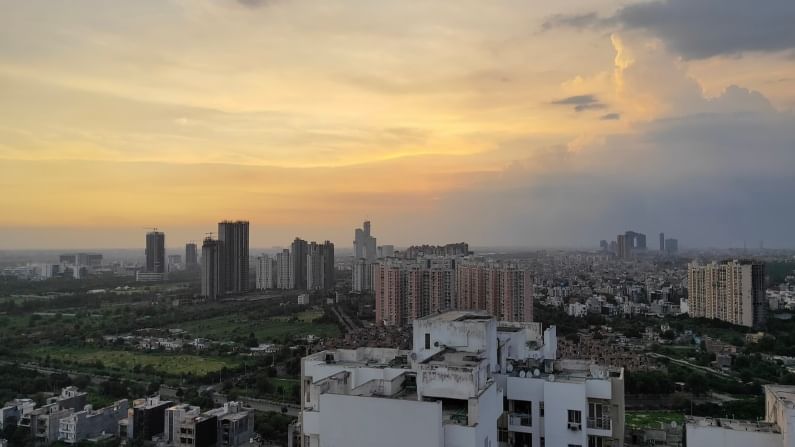Q4 FY21 sees recovery in housing prices: Report
The All-India Housing Pricing Index (HPI) witnessed a growth of 2.7% on a yearly basis in the fourth quarter of fiscal year 2021

The real estate industry has been in an unusual situation since last year. The persistent financial constraint in the industry intensified due to the Covid-19 pandemic. Restrictions placed by the Indian government to combat the pandemic caused a temporary halt on real estate projects.
However, the All-India Housing Pricing Index (HPI) witnessed a growth of 2.7% on a yearly basis in the fourth quarter of fiscal year 2021. The RBI publishes a quarterly home pricing index (HPI) for ten major cities, and an all-India index is derived based on these city indices.
The RBI compiles the quarterly house price index (HPI) for 10 major cities and based on these city indices an all-India index is computed. The All-India Index is a weighted average of city indices where weights are based on population. These indices are prepared based on official data of property prices received from registration authorities of respective state governments.
The RBI-HPI shows an interesting trend of continuous decline in the growth rate of housing prices from FY15 which witnessed an increase of 16.1%. The growth rate came down to 3.4% in FY19 and further to 2.2% in FY20.
As per a CARE Rating report on the housing sector, the growth in city-wise HPI ranged from 15.7% growth in Bengaluru to 3.5% de-growth in Jaipur.
“The second wave that has come in April has disrupted the sector as it has affected livelihoods and spending power as well as diverted attention to health for the majority of households. While there can be some pent-up demand emerging during the year, the impact on prices in FY22 would tend to be moderated,” said Natasha Trikha, Analyst-Industry Research, CARE Ratings.
Bengaluru records highest pricing growth of housing property
The city of Bengaluru had the highest growth rate of 15.7%, followed by a 1.6% rise in Kolkata. The growth in Bengaluru was primarily due to the rise in the work-from-home culture. The growth was driven primarily due to a demand for housing properties as consumer demand in specific locations gained traction with the easing of restrictions.
Way forward
Going forward, the agency noted that the movement in HPI would be influenced by demand-side factors as well as inventory levels. Reliefs offered on the supply side, such as stamp duty or other government facilities for the real estate industry as part of the Atmanirbhar package, would have an impact on pricing. But, more significantly, the cost element will have a significant impact on this industry.
“Cost of construction has gone up as steel, cement, copper, aluminium products, sanitary ware, etc. have been increasing. This will tend to put pressure on the cost of the project, which can pressurize prices. The real estate sector must work towards this cost transmission which will not be easy when demand conditions are low,” said Trikha.